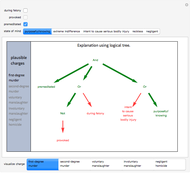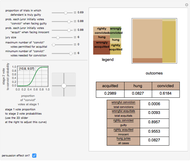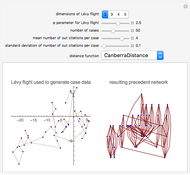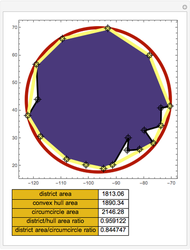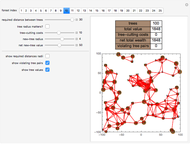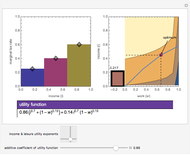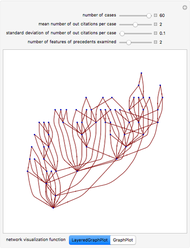Supplemental Jurisdiction

Requires a Wolfram Notebook System
Interact on desktop, mobile and cloud with the free Wolfram Player or other Wolfram Language products.
An important issue in American federalism has been the extent to which courts created by the federal government may adjudicate claims that would, standing alone, ordinarily lie outside their subject matter jurisdiction, but that have a relationship to matters already before the federal court.
[more]
Contributed by: Seth J. Chandler and Aaron Bruhl (March 2011)
Open content licensed under CC BY-NC-SA
Snapshots
Details
Snapshot 1: A second plaintiff attempts, before the enactment of 28 U.S.C. § 1367, to add a non-federal claim against a defendant already defending a lawsuit with a claim that has an independent basis for federal jurisdiction.
Snapshot 2: A second plaintiff attempts, after the enactment of 28 U.S.C. § 1367, to add a non-federal claim against a defendant already defending a lawsuit with a claim that has an independent basis for federal jurisdiction.
Snapshot 3: A defendant attempts to bring a non-federal claim against a plaintiff that has sued the defendant on claim with an independent basis for federal jurisdiction.
Unless otherwise noted, the potential additional claims are assumed to be factually related to the underlying claim such that they form part of the same "case or controversy".
Permanent Citation
"Supplemental Jurisdiction"
http://demonstrations.wolfram.com/SupplementalJurisdiction/
Wolfram Demonstrations Project
Published: March 7 2011








